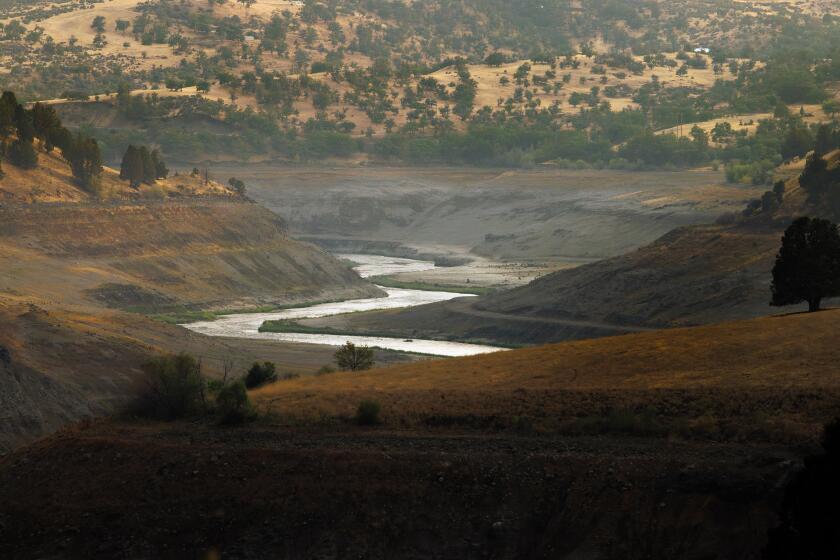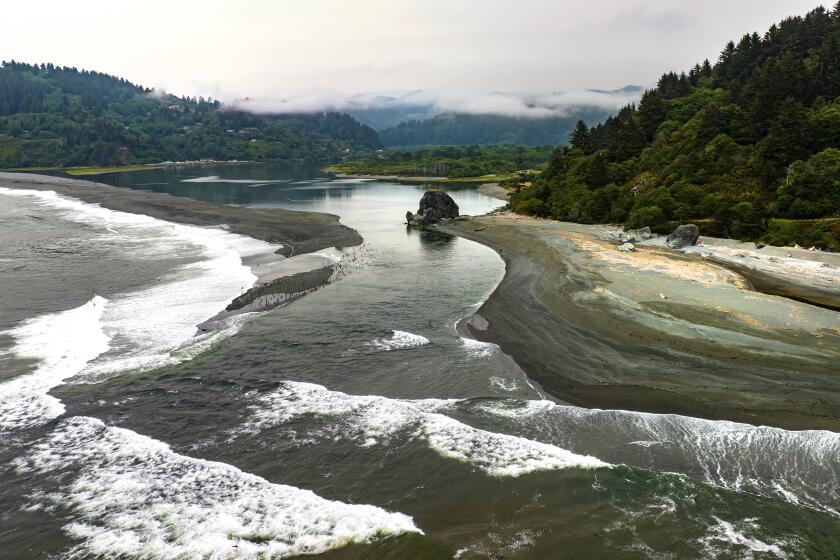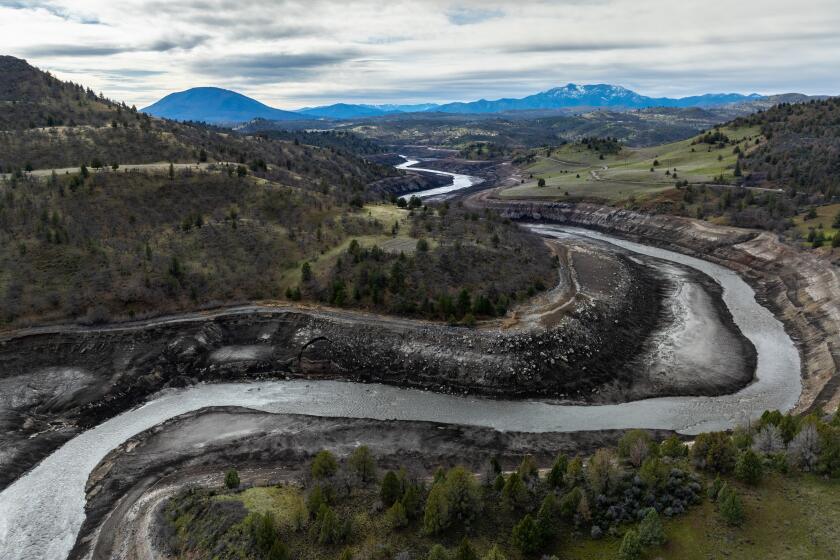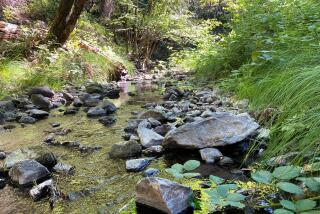
SOMES BAR, Calif. — Over the last month, salmon have gathered in clear pools in the Salmon River as they have returned to their spawning grounds.
This undammed river, a tributary of the Klamath River near the California-Oregon border, is one of the last remaining strongholds of a type of salmon that is increasingly at risk of extinction: spring-run Chinook.
The salmon population here has sharply declined in the last decade. But the recent removal of four dams on the Klamath is bringing new hope among biologists, environmental activists and Indigenous leaders that the fish could begin to recover.
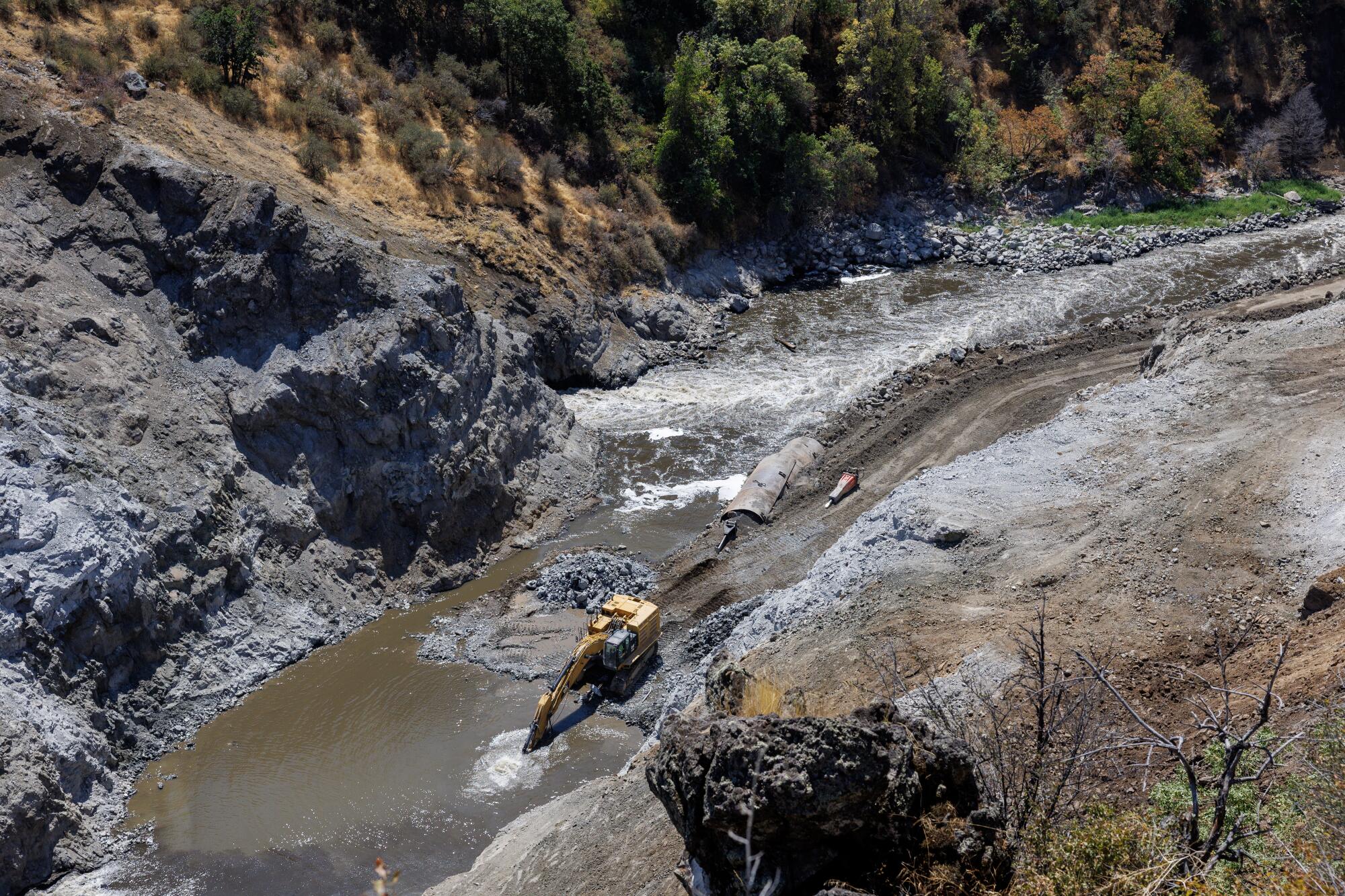
“Dam removal couldn’t come at a better time,” said Toz Soto, the Karuk Tribe’s fisheries program manager. “We really need to build this population back before we lose it completely.”
Biologists expect that with the dams now removed and the Klamath flowing freely, all types of native fish will benefit, including fall-run and spring-run Chinook as well as coho salmon, steelhead trout and Pacific lampreys. The dismantling of the dams will allow salmon to swim upstream and spawn along more than 400 miles of the Klamath and its tributaries, reaching cold spring-fed waters that have been inaccessible for more than a century.
Aggressive and impactful reporting on climate change, the environment, health and science.
Spring-run Chinook were once abundant along the river. They return from the ocean in the spring, and unlike other types of salmon, they arrive holding large quantities of fat, which enables them to spend months maturing in freshwater and to venture farther upstream into the riffles and rapids of mountain streams. They spawn in late September and early October.
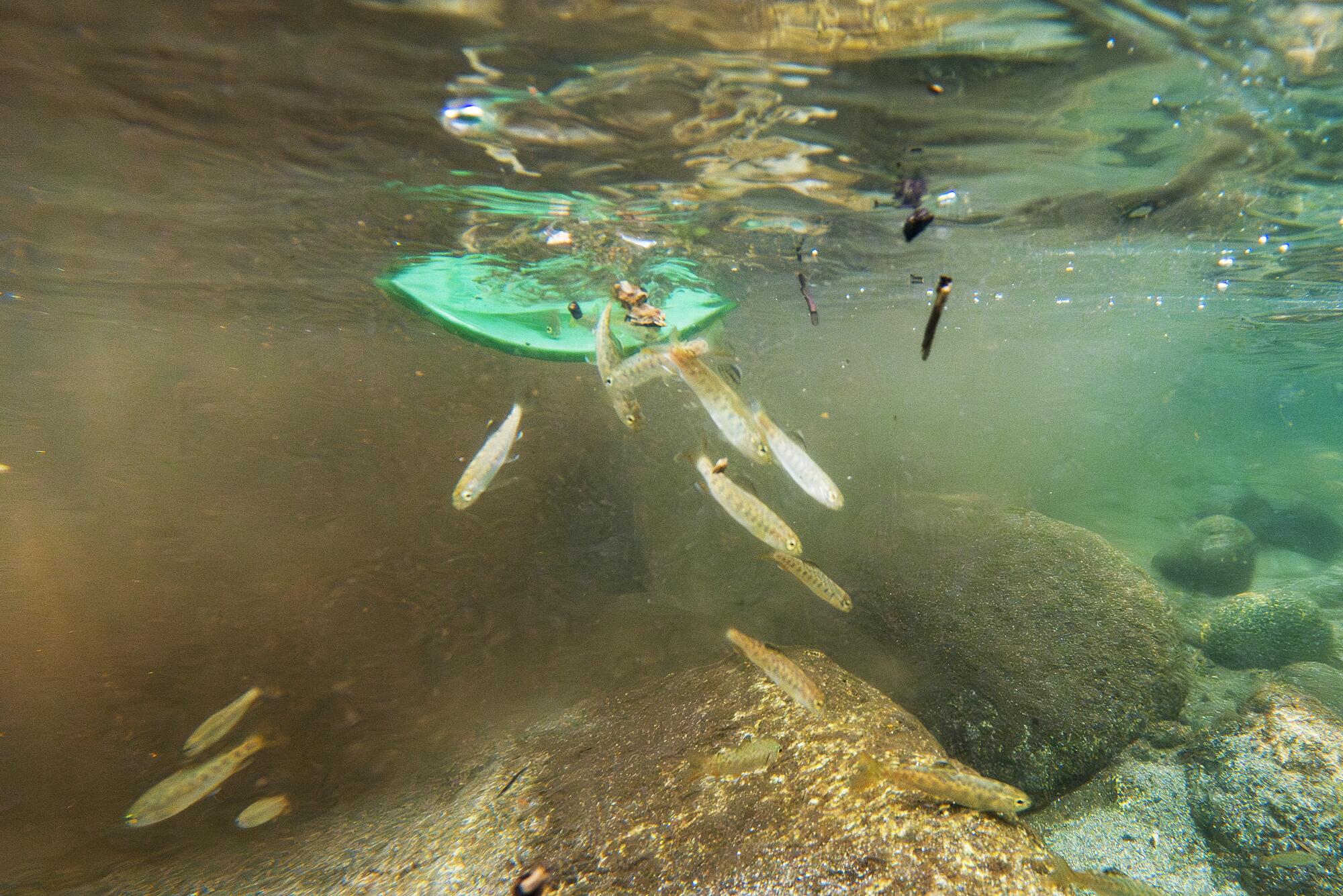
Their high fat content traditionally made the fish a delicious and valuable food source for the Native people who caught them. But they were largely wiped out when dams were erected and blocked access to many of their original habitats.
Scientists expect that the diminished population of spring-run Chinook will make their recovery more difficult and time-consuming than for other types of salmon, and that restoring them to their historical habitats in the upper Klamath River will likely require human intervention.
For now, there are two areas where spring-run Chinook return annually in the Klamath’s lower tributaries: one in the Trinity River, where some spawning occurs in a hatchery, and in the undammed Salmon River and the creeks that feed it.
One morning in mid-August, Soto stood on a roadside scanning the gently flowing Salmon River.
“There he is. See him?” Soto said. “It’s a springer, for sure.”
He pointed to a dark shape in the water that was drifting at a spot where the rocky bottom descended into a deep pool.
The fish, more than two feet long, was difficult to spot. Then, for a moment, its silvery side shimmered in the sun.
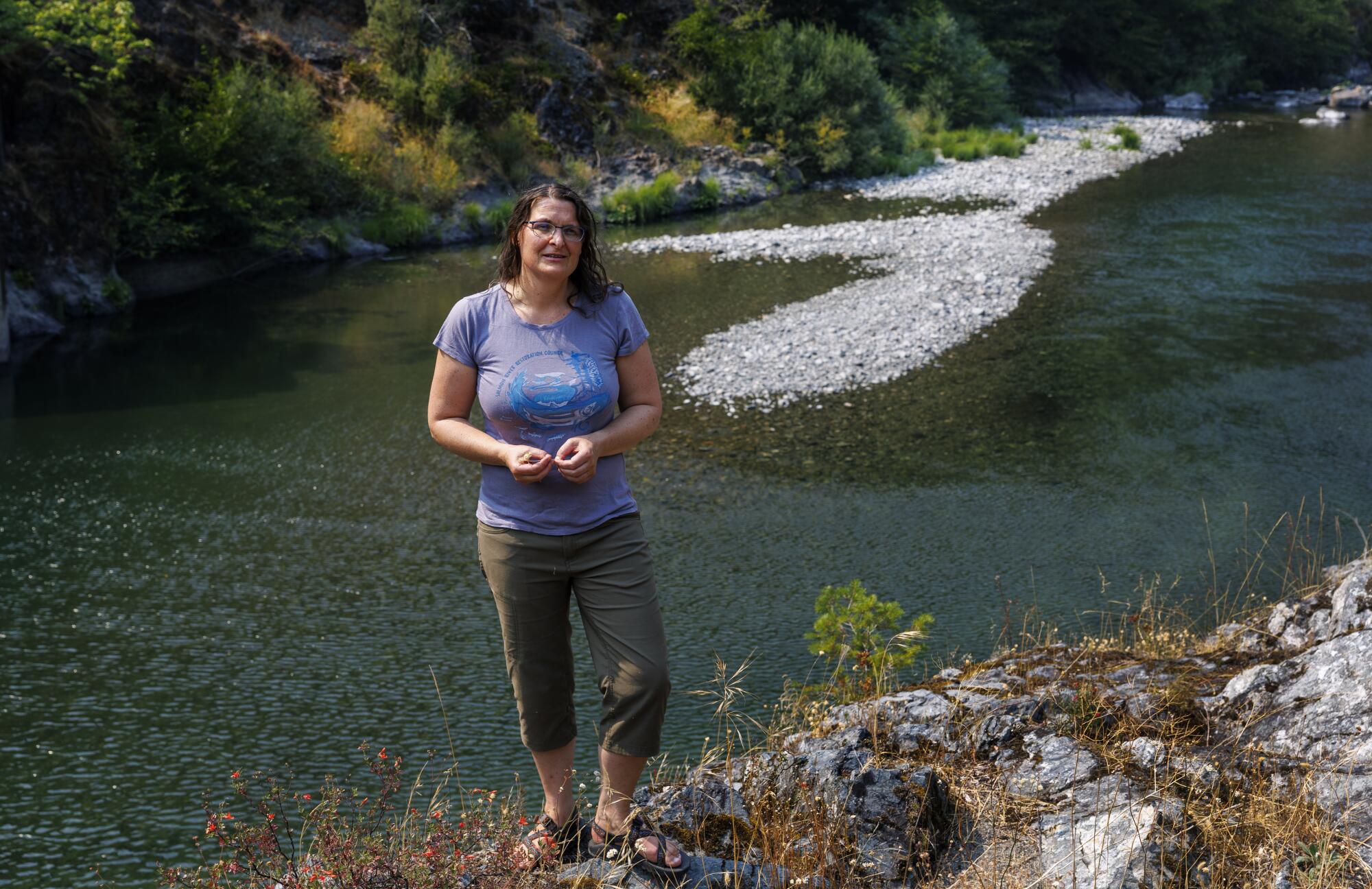
Also standing by the river was Karuna Greenberg, restoration director of the nonprofit Salmon River Restoration Council.
Each summer in July, Greenberg helps organize an annual snorkel survey in which dozens of volunteers swim along the river and count the number of spring-run Chinook salmon, as well as summer steelhead.
From 1990 until 2016, the surveys found an average of more than 700 salmon annually, with some years bringing more than twice that . But in the last decade, the numbers have fallen. This year, the survey found just 115 salmon — the fourth-lowest count to date.
“It’s been pretty depressing over the last several years,” Greenberg said.
California declared the Klamath population of spring-run Chinook threatened in 2022. Greenberg’s group and the Karuk Tribe have also petitioned the federal government to protect the fish under the Endangered Species Act.
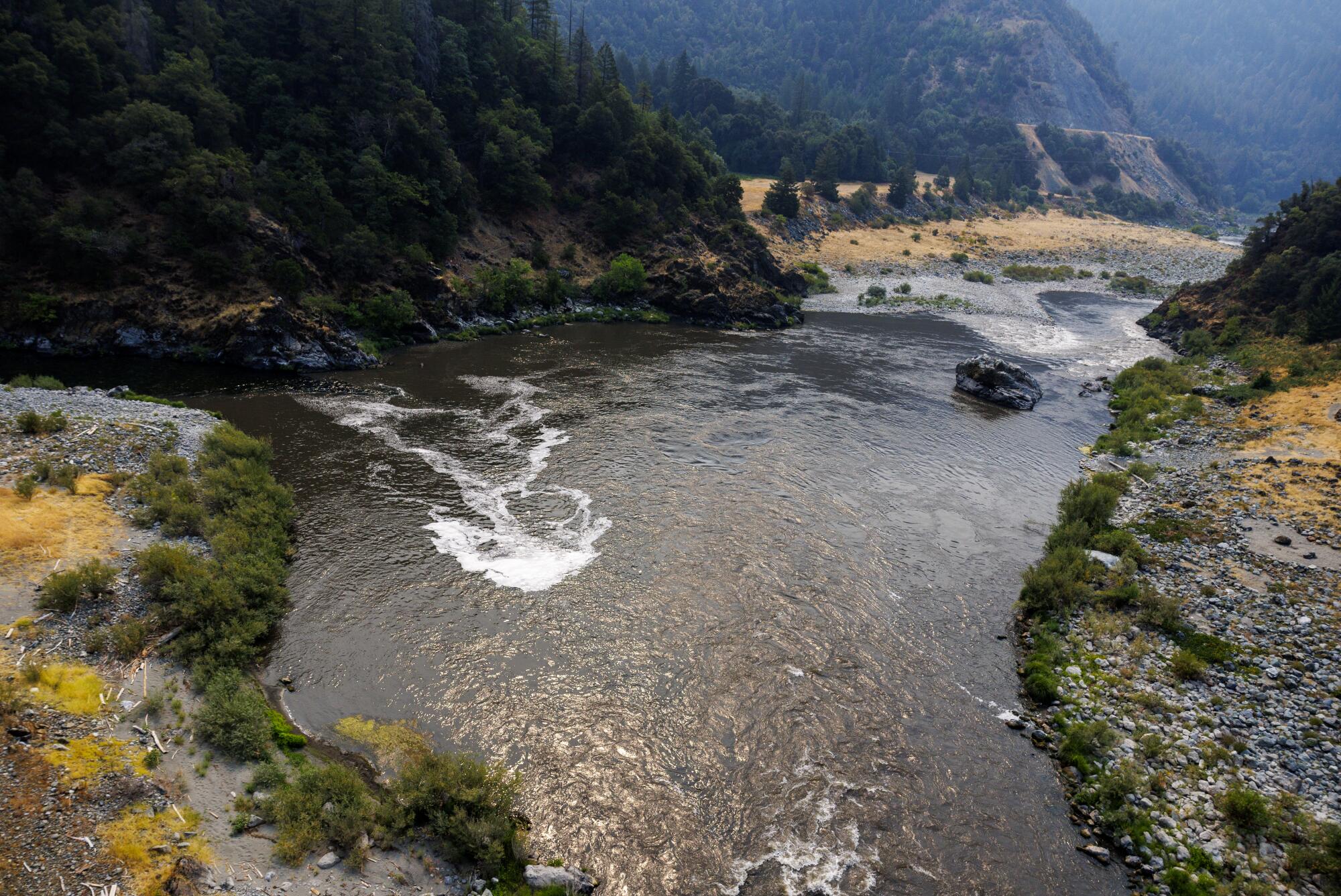
“Dam removal is probably the No. 1 most important thing that could happen to help spring Chinook,” she said. “So I’m just really, really hoping that it’s not too little, too late, and it definitely offers up a lot of hope and a lot of possibility.”
Greenberg stood beside a cascading creek that is fed by water from mountain meadows. She said she feels excited about the extensive habitats the salmon will now be able to access in the Klamath, including cold headwater streams that should provide productive spawning areas.
“There’s whole watersheds that are opened up to them now, and that could really help to buoy the whole population and make it more of a Klamath River population, and not just this little, tiny Salmon River population trying to hold on,” she said.
The largest dam removal project in U.S. history has freed the Klamath River, inspiring hope among Indigenous activists who pushed for rewilding to help save salmon.
In recent years, salmon have suffered declines in rivers throughout Northern California as they have faced successive droughts intensified by climate change, along with other pressures, such as the large amounts of water diverted to supply farms and cities.
Most years, fishing crews fan out in boats along the California coast to catch fall-run Chinook, the most numerous variety. But because of low population numbers, the state has banned commercial and recreational salmon fishing for the last two years. Members of the Karuk and Yurok tribes have continued small-scale subsistence fishing.
State wildlife officials say the removal of dams on the Klamath, along with other efforts, should give a significant boost to salmon in the coming years.
Indigenous leaders and activists have celebrated the demolition of dams as a major victory that came in response to years of protests.
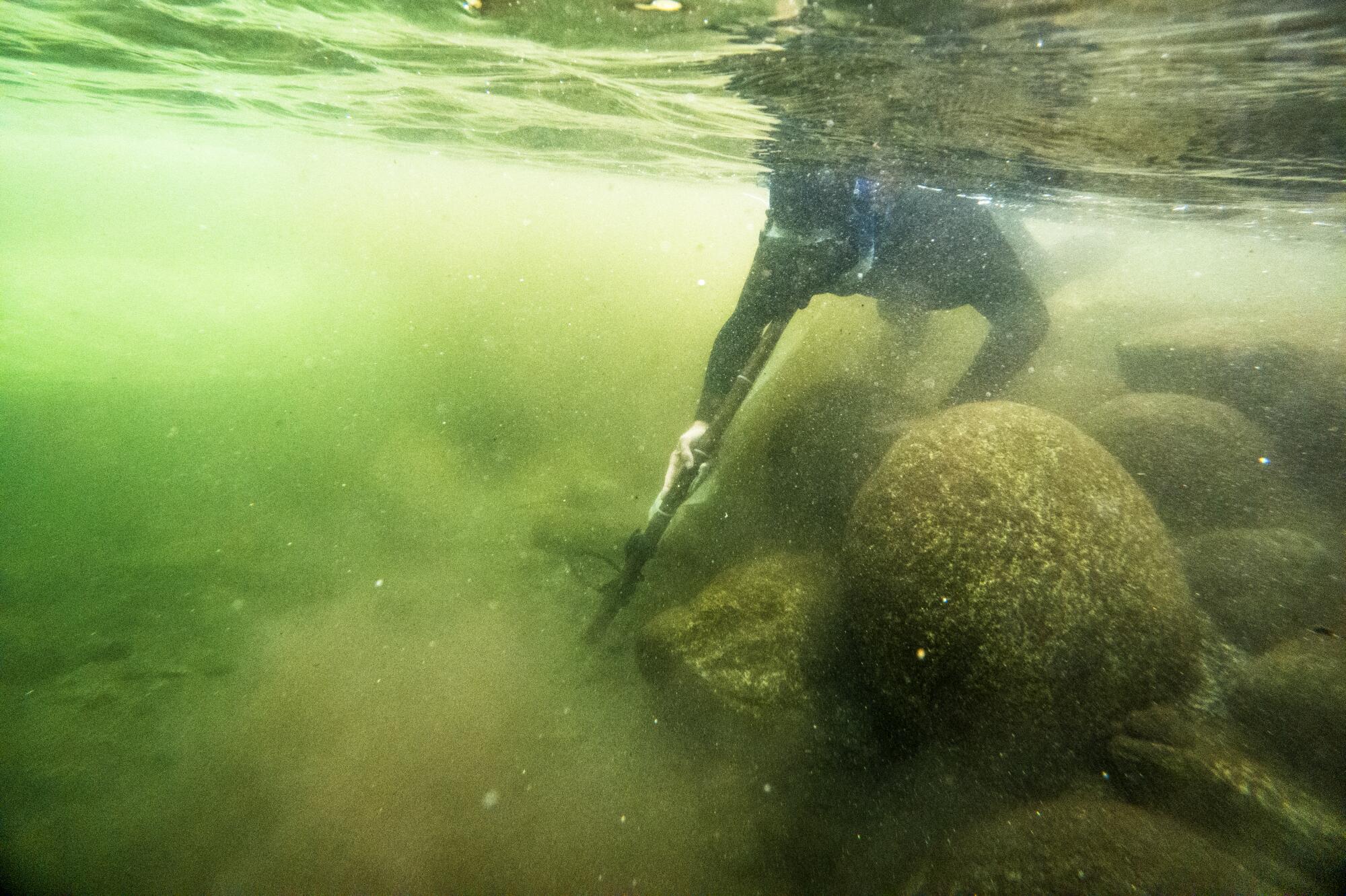
The utility PacifiCorp agreed to take down the aging dams — which were used for power generation, not water storage — after determining it would be less expensive than bringing them up to current environmental standards. The $500-million project’s budget includes funds from California and from surcharges paid by PacifiCorp customers.
The California Department of Fish and Wildlife’s plan for reestablishing wild, self-sustaining salmon populations in the Klamath calls for monitoring fall-run Chinook and coho salmon, as well as steelhead and lampreys, as fish gradually move into areas upriver over three or four generations during the next 12 to 15 years.
Charlton Bonham, the department’s director, said the idea is that “if we can mostly stay out of the way, these fish populations will heal themselves, sustain themselves.”
The plan calls for initially supplementing populations of fall-run Chinook and coho salmon by raising them at the newly built Fall Creek Fish Hatchery, located on one of the tributary creeks fish can now access upstream from where Iron Gate Dam once stood.
The state’s plan cautions, however, that spring-run Chinook may not repopulate their historical habitats on their own because those areas lie more than 100 miles upriver from waters where they survive. Scientists with Oregon’s Department of Fish and Wildlife and the Klamath Tribes have developed a plan to release hatchery-raised spring-run Chinook in Oregon. Researchers have been conducting studies by releasing juvenile salmon with tracking tags to follow their movement and determine where reintroducing fish would be successful.
Native activists fought for years to build support for taking down dams on the Klamath River in Northern California. Now, they hope removing the dams will help save their salmon.
Soto said this approach is necessary because, while a small number of spring-run salmon may make it far upstream, there wouldn’t be enough to jump-start the population.
Soto is optimistic about restoration plans, which the tribes have helped to develop along with state and federal agencies.
“It’s going to take time. It’s going to take multiple generations,” he said.
Soto watched as a group of men wearing wetsuits, masks and snorkels swam in Wooley Creek, a tributary of the Salmon River, searching in the clear water for juvenile Chinook and coho salmon.
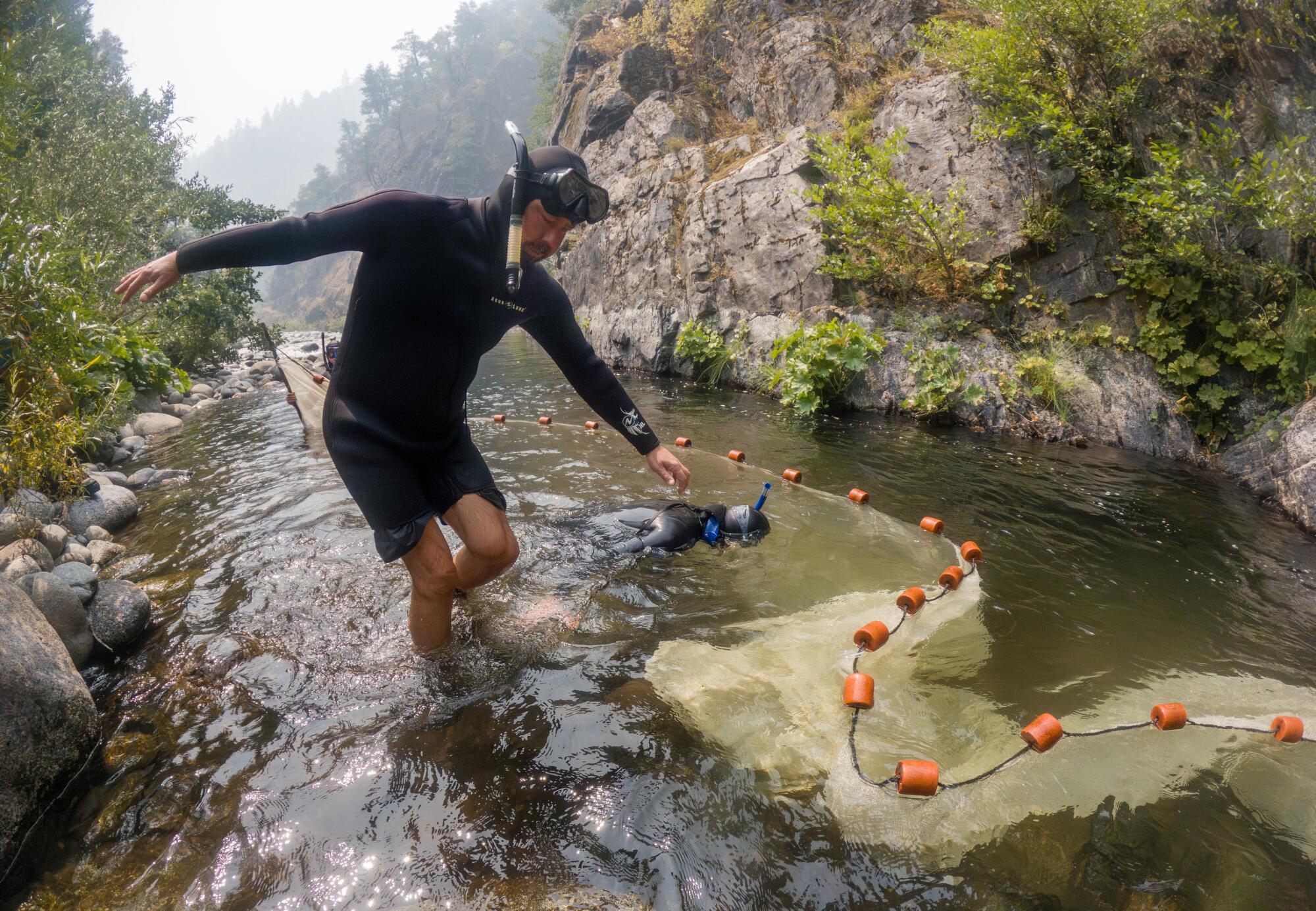
Using a seine, the Karuk Tribe fisheries team formed a circle and pulled up their catch. At first, they found only steelhead trout. But after a few tries, the net came up filled with small wriggling salmon.
Emptying the fish into a bucket, the team went to work. They inserted tracking tags in the small coho salmon, and clipped tiny pieces from Chinook salmon fins, placing them in envelopes for genetic testing.
The tests will provide data that can support efforts to rebuild salmon populations.
The creek provides a rare cold-water refuge for salmon, which is especially important as climate change brings warmer water temperatures, Soto said, and other creeks will now become similar refuges.
“We just tripled the amount of habitat. So that’s pretty exciting,” Soto said.
Reservoirs have been drained as the nation’s largest dam removal effort advances on the Klamath River, and an effort to restore the watershed is taking root.
The dismantling of four dams, which began in June 2023 and has involved hundreds of workers, is the largest dam removal effort in U.S. history. In August, workers carved channels in the remnants of two dams, allowing water to flow freely along more than 40 miles of the Klamath for the first time in more than a century.
The nonprofit Klamath River Renewal Corp. announced Wednesday that dam removal work is now finished. But other efforts to restore the watershed to a more natural state will continue for several years. Crews have been scattering millions of seeds of native plants to restore vegetation on 2,200 acres of reservoir bottomlands that were underwater for generations.
“Having that free-flowing river, and all of the restoration that’s going to come along with that, is just going to be hugely beneficial to salmon in California,” Greenberg said. “There are not that many rivers that are going to be able to sustain salmon through time with climate change, and I think that this really gives us a fighting chance.”
Salmon are central to the cultures and fishing traditions of Native tribes along the river.
Cooking and eating salmon is a vital part of their ceremonies. And Indigenous leaders say they hope the eventual recovery of salmon will help people strengthen their ancestral connection to the river.
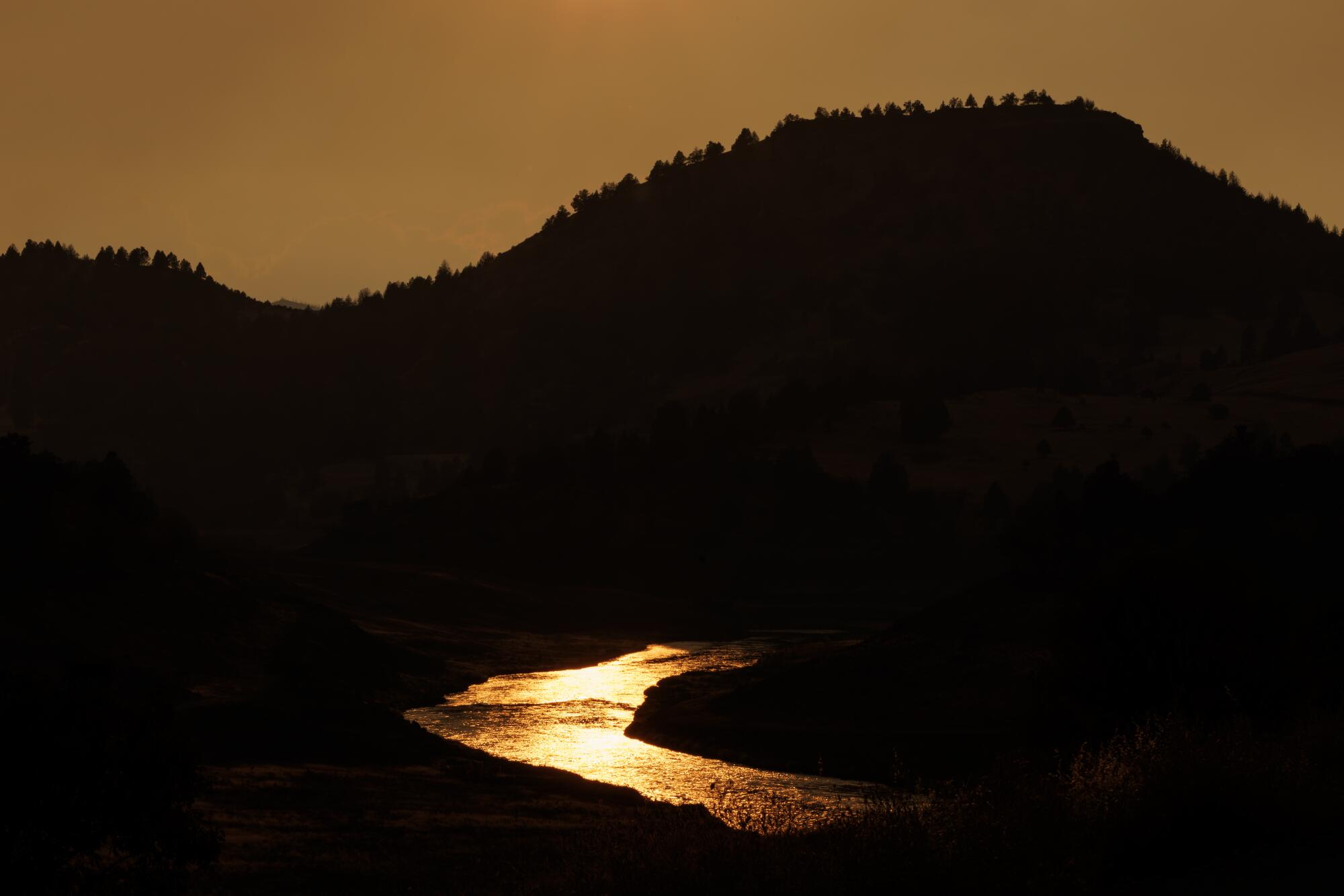
“All these years we’ve been trying to maintain our culture, religion and all these things, and trying to restore what has been lost,” said Leaf Hillman, an elder and ceremonial leader of the Karuk Tribe. “The only major ceremony that we haven’t restored is the spring salmon ceremony.”
It’s a ceremony held to ensure the continuance of spring-run Chinook. But when dams were still in place, he said, that seemed impossible.
“Now, people are thinking about that ceremony that a lot of us have wanted to bring back for a very long time,” Hillman said.
The potential return of those special fish, he said, is bringing hope that one day the Karuk people might be able to consider holding that ceremony once again.

